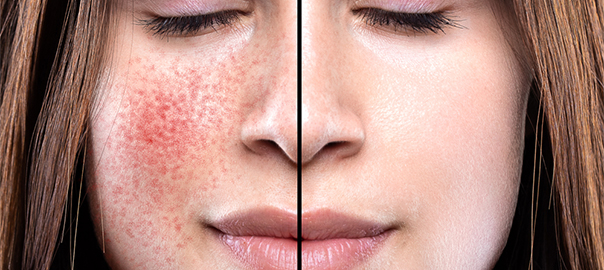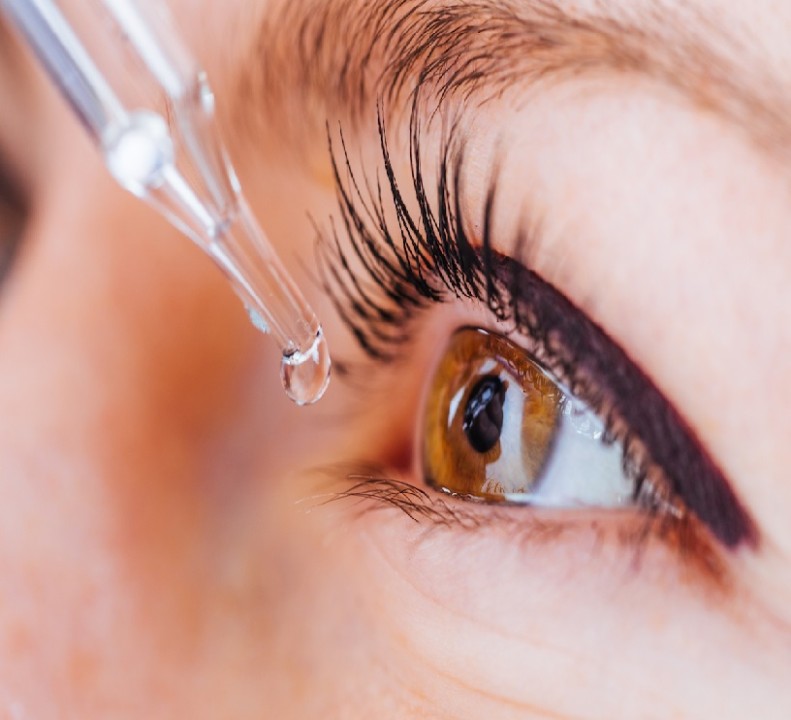Market Overview:
The global Rosacea Treatment Market is estimated to be valued at US$1.91 billion in 2023 and is expected to exhibit a CAGR of 6.3% over the forecast period of 2023-2030, as highlighted in a new report published by Coherent Market Insights. Rosacea treatment products provide effective solutions for managing symptoms and improving the quality of life for individuals suffering from this chronic inflammatory skin condition.
Market Dynamics:
The market for rosacea treatment is driven by two major factors. First, the increasing prevalence of rosacea worldwide is expected to contribute significantly to market growth. The rising incidence of this skin disorder, especially among the aging population, is creating a substantial demand for effective treatment options. Additionally, shifting consumer preferences towards advanced medical solutions, such as topical creams, oral medications, and laser therapies, are propelling market growth. These treatments offer quick relief, reduced redness, and improvements in skin appearance.
For instance, the growing awareness about the benefits of low-dose doxycycline has led to its increased adoption in the treatment of rosacea. This oral medication possesses anti-inflammatory properties and helps in reducing acne-like skin lesions and redness associated with rosacea. Furthermore, advancements in laser therapies, such as intense pulsed light (IPL) systems, have shown promising results in reducing redness and flushing.
Market Key Trends:
One key trend in the global rosacea treatment market is the growing preference for natural and organic formulations. Many individuals are seeking non-pharmaceutical alternatives with minimal side effects and are turning towards herbal remedies and plant-based extracts. For example, products containing extracts of green tea, licorice root, chamomile, and aloe vera are gaining popularity due to their soothing properties and ability to reduce inflammation and redness.
SWOT Analysis:
– Strength: Growing awareness of rosacea and subsequent demand for effective treatment options.
– Weakness: Limited availability of FDA-approved treatments, leading to off-label usage of certain medications.
– Opportunity: Untapped potential in emerging markets due to the rising prevalence of rosacea and increasing healthcare expenditure.
– Threats: Competition from alternative treatment options, such as cosmetic procedures or at-home remedies, may restrain market growth. Additionally, the impact of the COVID-19 pandemic on dermatology visits and elective procedures may temporarily hinder growth.
Key Takeaways:
Market Size: The global Rosacea Treatment Market Insights is expected to witness high growth, exhibiting a CAGR of 6.3% over the forecast period. The increasing prevalence of rosacea and shifting consumer preferences towards advanced medical solutions are key drivers behind this growth.
Regional Analysis: North America is expected to dominate the rosacea treatment market, owing to a high prevalence of rosacea and the presence of well-established healthcare infrastructure. Europe is also a significant market due to the rising geriatric population and increasing awareness about advanced treatment options.
Key Players: The key players operating in the global rosacea treatment market include Galderma SA, Allergan plc (AbbVie Inc.), Bayer AG, Pfizer Inc., Leo Pharma A/S, Sol-Gel Technologies Ltd., Foamix Pharmaceuticals Ltd., Mayne Pharma Group Limited, AnaptysBio, Inc., and Mylan N.V. These companies are actively involved in product development strategies, collaborations, and mergers to gain a competitive edge in the market.
The global rosacea treatment market is set for significant growth driven by the increasing prevalence of rosacea and advancements in medical solutions. However, competition from alternative treatment options and the impact of the COVID-19 pandemic may pose challenges. Nevertheless, the market holds immense potential due to untapped opportunities in emerging markets and the growing demand for natural and organic formulations.




